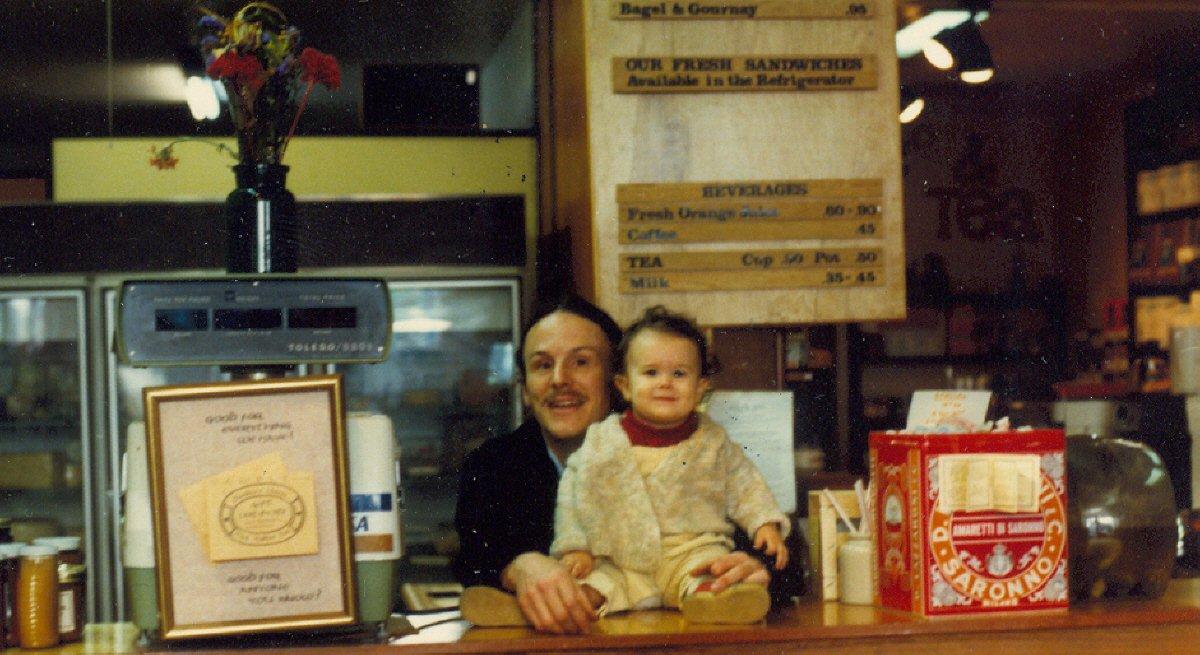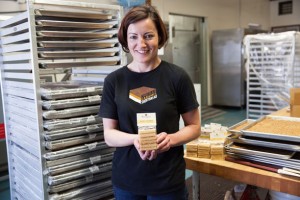Small Businesses Giving Back
Since small businesses are so well connected with their communities, they are in a position to do a lot of good! Giving back doesn’t have to mean a large financial outlay or donating hours and hours of your time. By connecting how you give (and to whom) with your interests, skills, services or products, you can contribute in a meaningful way and have a large impact.

Here are some ways that you can contribute – and some San Francisco Bay Area business owners who are doing just that!
Mentor other small business owners
There is a strong possibility that your success is due in part to the people that helped you along the way. You, too, can help others be successful. Do you have business expertise that could be valuable to someone either inside or outside your industry? Heidi Gibson, owner of The American Grilled Cheese Kitchen has made mentorship a priority. She offers internships to new food entrepreneurs and volunteers her time to help small business entrepreneurs in Renaissance Entrepreneurship Center’s Business Planning Class with their business financials.
Organize a volunteer day for your employees
This can foster increased engagement and team-buildinghelp and also boost employee morale. You don’t have to have employees to volunteer. My volunteer experience with fellow Potrero Dogpatch Merchants Association members at the San Francisco-Marin Food Bank was a fun bonding activity for our local merchants association.
Share your knowledge/skills with local organizations
Create a partnership with a local organization that is in alliance with your business and offer your expertise. Avital Food Tours offers unique culinary adventures in the Mission District, the Haight Ashbury, North Beach and Union Square. Owner Avital Ungar volunteers with the Legacy Bars and Restaurants Project run by SF Heritage. She has helped train tour guides for SF Heritage’s Haas-Lilienthal House and organized a pop-up speakeasy to raise money for the Project.
Create customer incentives
Commit to donating a certain percentage of each sale to an organization, offer discounts to customers who support particular causes, or create a contest to encourage customers to engage. Shivani Ganguly, owner of Bom Dia Market in San Francisco’s Noe Valley neighborhood supports the non-profit Kitchen Table Advisors. In February, she supported them by donating all proceeds from the sale of prepared foods on one day.
Donate products
Donating products or giving away samples at events can be a great way to reach new customers and support a cause that you believe in. Claire Keene of Clairesquares frequently donates delicious products to support organizations doing good work. She recently donated her treats to a silent auction supporting Techbridge, an organization that inspires girls to discover a passion for technology, science and engineering.
Donate to organizations in line with your values
Supporting organizations that you believe in shows your customers your business’ values. Keith Goldstein, founder of Everest Waterproofing and Restoration Inc. is committed to donating a minimum of 10% of pre-tax profits to charitable organizations, both local and international, He also sponsors Tibetan refugees for jobs, helping them create new lives for themselves and their families in the United States. Neal Gottlieb, founder of Three Twins Ice Cream launched an initiative called Ice Cream for Acres. Three Twins donates money to land preservation efforts every time they sell a cup or pint of ice cream.
Join a non-profit board
Ken Stram, owner of 2Bridge Communications is a board member of the Golden Gate Business Association, the city’s LGBT chamber of commerce. “I’m a bit introverted,” he says, “so being a board member gets me out of the office and keeps me engaged with the LGBT small business community. The board experience is sharpening my leadership and collaboration skills, too. The experience is also good for business—it positions me as a leader and puts me in front of an important audience on a regular basis.” The Volunteer Center helps to match Bay Area non-profits with individuals looking to give back and get involved at a deeper level. Check out their Board Match events.
A Circle of Giving
Your small business can also get a lot in return by giving. The causes and organizations you support will differentiate your business from competitors and can strengthen your ties to customers and clients. Giving back to your community can increase your visibility, increase customer or client loyalty and also increase employee morale. There is no reason NOT to give, and there are so many ways to make an impact!
How do YOU give back? Who are the small business owners that you know who are making a difference?










